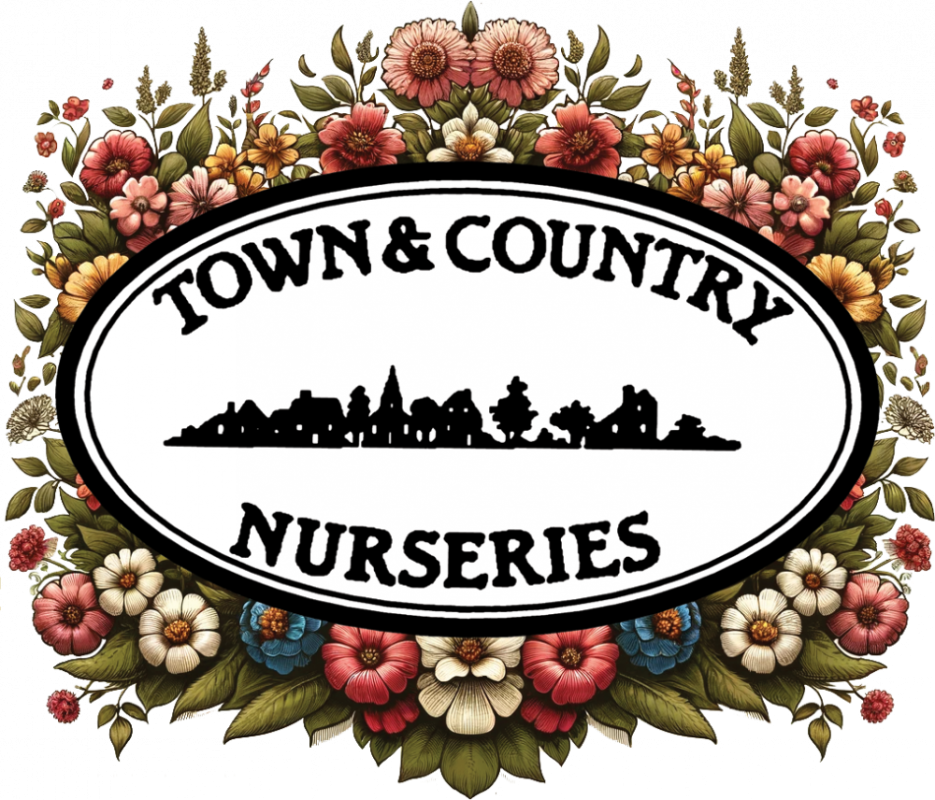Understanding the possibilities.
Garden designers are known to focus on texture as a key feature in aesthetically pleasing outdoor spaces. Texture is an element that may not be as obvious as color or structure, but it is a vital component that would be much missed if neglected in planning and creating a home or public garden.
The word texture comes from the Latin texere meaning to weave. In gardening, it applies usually to the surface characteristics of a given plant but can also describe the overall impression or feel of a plant grouping, area or an entire landscape.
How all the different parts of a garden relate to one another and create a harmonious, unified and interesting whole depends a great deal on the use of texture. The play of light across a series of plantings will accentuate different textures at different times of the day and in different weather conditions. Breezes affect plant movement and should be taken into account when positioning trees, shrubs and plants to take advantage of it.
What are some of the ways that texture can be introduced into the garden? One of the easiest is by a careful consideration of plant foliage and structure. Even a monochromatic garden scheme can be alive and exciting simply by clever variations of foliage, shape and structure.
Consider the following when purchasing and placing plants or creating plant combinations. Remember that contrast equals interest.
Density. Is the plant’s shape open and light? Or condensed and closed. Is the foliage fine or course? Very dense foliage can overpower a finely foliated plant if careful attention is not paid to proportion and scale. Does the plant look airy and show its background behind it, or does it present a solid facade, with no light coming through? Ferns are primarily floaty and feathery, while hedging plants such as laurels are used to create barriers.
Structure. It is tightly branched? Bunched together? Or billowy and graceful?
Movement. Are there aspects of the plant that are fluid and graceful, that change in a breeze or wind, or does it remain rigid and firm?
Shape. Analyze the shape of the leaves. Are they mostly round, oval or heart-shaped. Are they pointy, such as the needles of evergreens or the spiky fronds of cordyline? Instant contrast can be achieved through combining plants with dramatically different leaf shapes, even if they are similar shades of green.
Surface texture. Is it fuzzy, smooth, hard, bumpy, rubbery, waxy, hairy or heavily veined? Light striking smooth surfaces is reflected differently than rougher surfaces. Fuzzy plants, such as Lamb’s Ears, soften an area and invite closer inspection and touching. The glossy, smooth surface of succulent leaves are also highly attractive, but for different reasons. Don’t overlook the tactile qualities of the plant. Peeling bark is another element that adds interest and creates beautiful patterns in a variety of lighting situations.
Height. At maturity, will the plant remain short, or continue to gain height each year without proper pruning?
Evergreen or deciduous. Evergreens provide a stable texture, whereas deciduous plants, trees and shrubs provide seasonal variations. Even bare branches are an important textural element to consider.
Understanding these few basics will enable even beginning gardeners to successfully employ texture in their environment. A visit to a local nursery, where it is convenient to place pots of differently textured plants next to each other on a large cart, is an easy first step in experimenting with different plant combinations.

